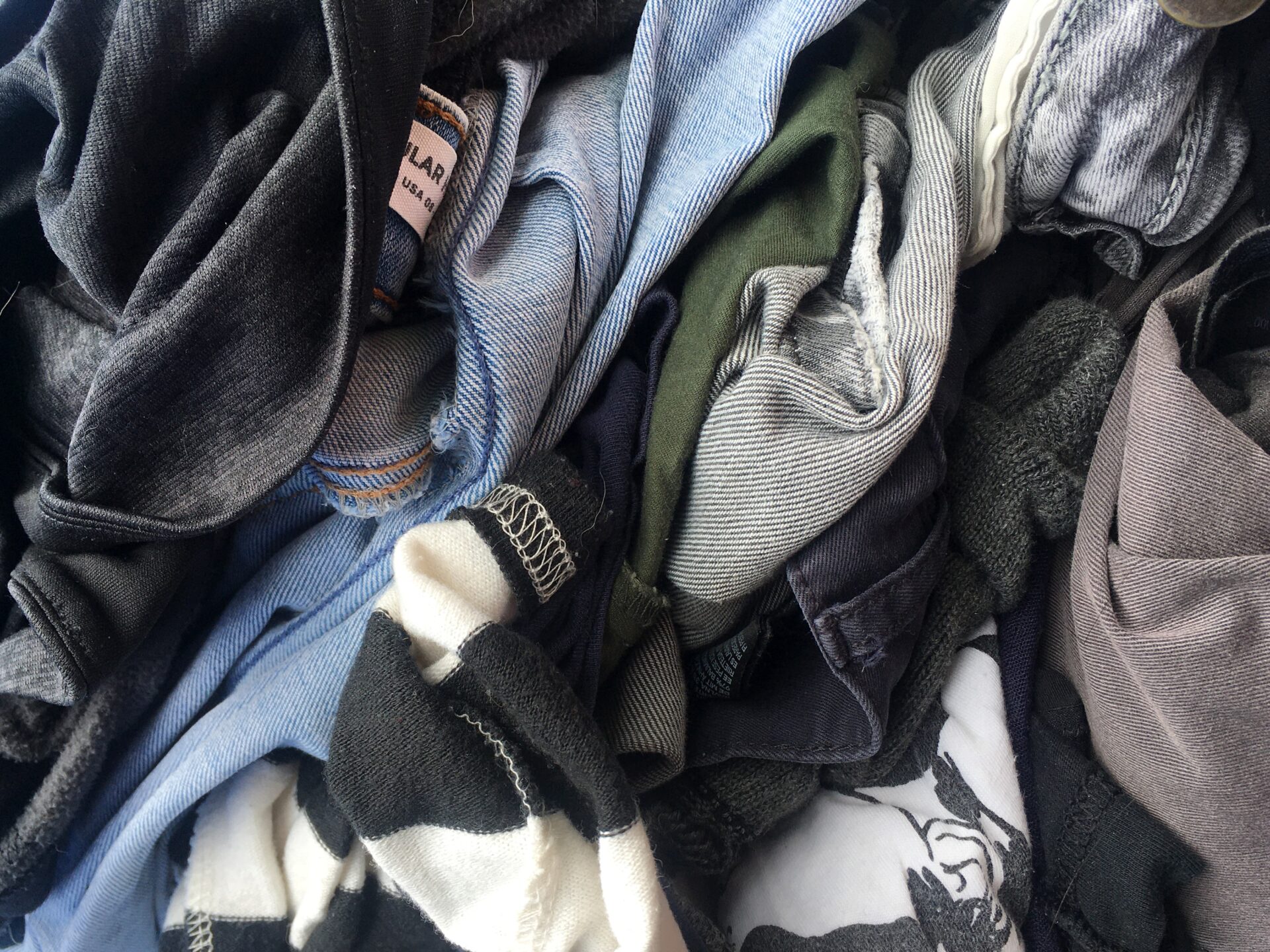With every industry conscious of being sustainable, and meeting targets laid out by governments worldwide, it’s likely we’ll see extra measures being put in place by the fashion industry to tackle its waste output.
So, how is this going to be done? Scott Hawthorne of Skips & Bins, one of the UK’s leading skip hire companies, has offered industry-level insight into how the fashion world will work to cut out the amount of waste produced.
A move to sustainable materials
One key issue affecting the waste cycle of fashion is that the materials used by manufacturers aren’t readily recyclable, contributing significantly to landfills. Data indicates that as much as 300,000 tonnes of old clothes end up in household rubbish bins, and around £140 million worth of clothing goes to landfills.
This could see more fashion brands moving towards sustainable and circular fashion cycles, prioritising reuse and recycling of materials rather than leaning into trends. There are versatile fabrics aside from cotton that could become mainstays within production in the industry, such as organic hemp and linen, which are natural fibres that can not only be grown in poor quality soil but are also used in their entirety with no waste and naturally fertilise the soil.
Emerging technology to optimise everything
Finding good alternatives to traditional materials like cotton and nylon will require embracing and using technology to reduce the environmental impacts of waste. This will not only be done through using automation tools and artificial intelligence (AI) to optimise routes for delivery of materials and completed items but technology such as robotics will also be required in the physical development of these new, sustainable textiles.
A great example of technology that could make a huge difference in the fashion world is bioengineering brand-new materials. Orange Fiber is a company doing significant work in finding innovative solutions to create a circular fabric material. The fibres are made up of cellulose from citrus pulp before being spun into a yarn and weaved into fabrics.
Bioengineering is also used to develop synthetic alternatives to materials that require hides without harming animals. Modern Meadow has emerged as one of the pioneers in leather alternatives, which are made with 90% sustainable content while being stronger and lighter than leather without a single trace of animal products.
Increased focus on ESG
Environment, Social, and Governance (ESG) are considerations for businesses to be more aware of how their corporate practices affect the communities and world around them. This includes transparency around a business’s shareholder rights, internal controls, and where funds are allocated. For companies looking to improve their ESG, this could include selecting charitable organisations to work with to improve their impact on their environment or local community.
Fashion brands may start reconsidering their ESG strategies, but outdoor brand Patagonia took this to the next level in September 2022, announcing in a press release that “the earth is now our sole shareholder.” This was in response to the Chouinard family transferring their shares to the Patagonia Purpose Trust and the Holdfast Collective, with the aim of reinvesting profit into environmentally friendly practices.
Another great example is H&M Group and BESTSELLER partnering with the Global Fashion Agenda (GFA) and Copenhagen Infrastructure Partners (CIP), announcing in Dember 2023 their plan to invest in the development of an offshore wind project in Bangladesh. While it won’t commence until 2028, it’s still expected to reduce emissions by around 725,000 tonnes.
While steps have been made in the right direction, it’s crucial for the future of the fashion industry to focus on sustainability and a circular economy of products. As we near global targets of net-zero and the reduction of physical waste, we’ll likely see more and more brands engage with ESG strategies and invest in sustainable materials and technologies to find the perfect balance of style and sustainability.











